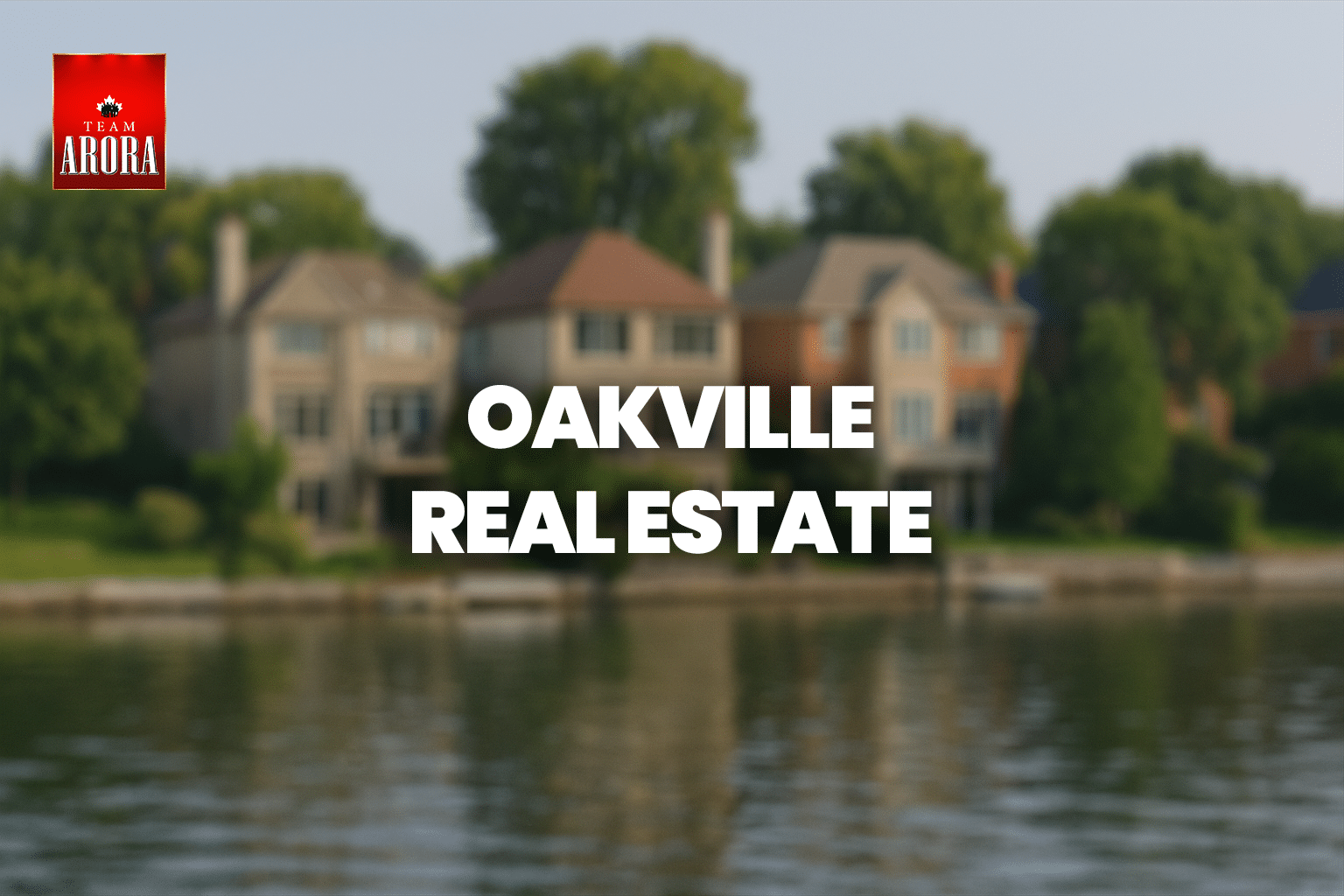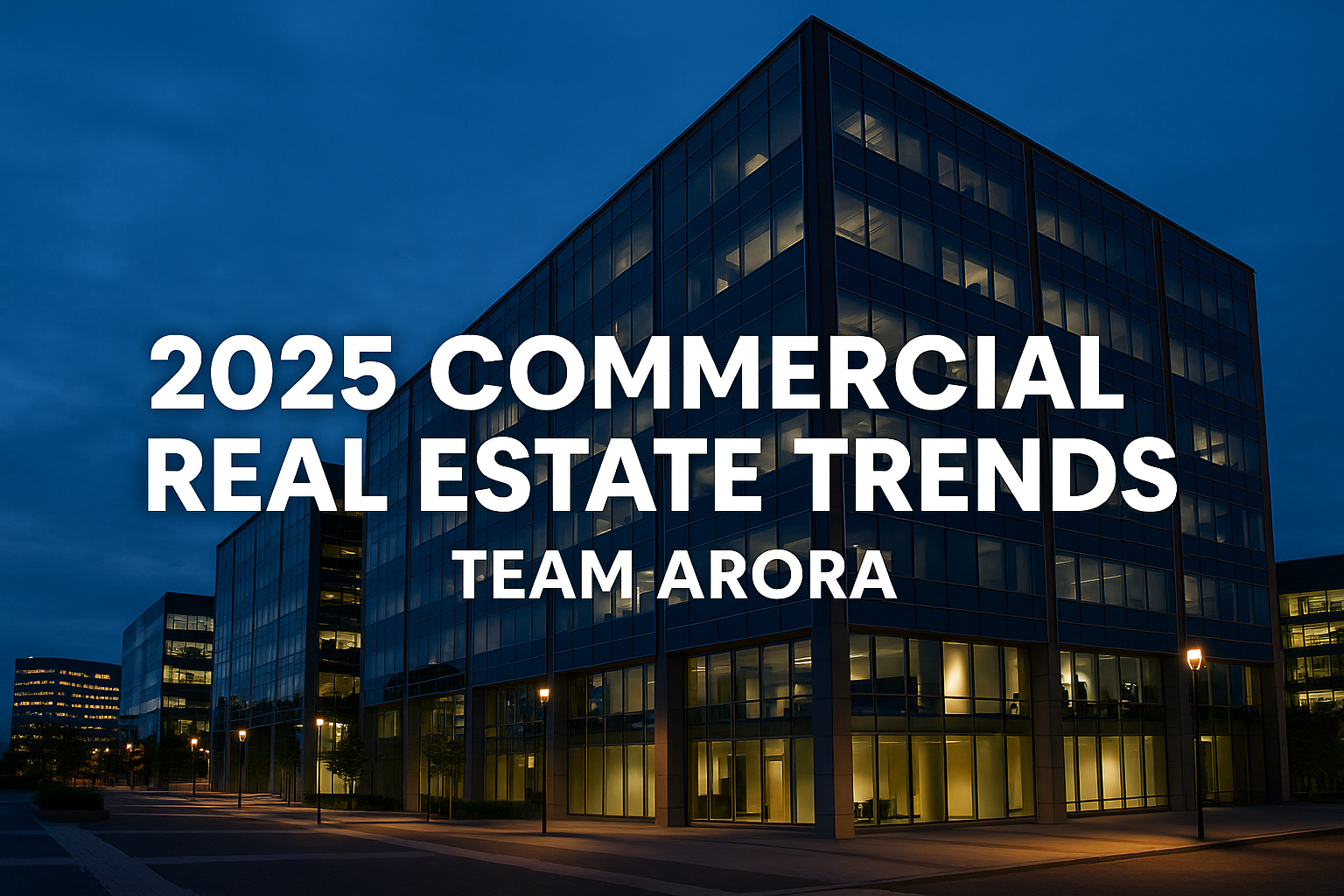By Team Arora — Canadian commercial real estate perspective, clear steps, and a concise checklist for students and new investors.
Introduction
This short guide explains commercial property fundamentals at an undergraduate level: what commercial property is, why it differs from residential real estate, and practical considerations for investors, operators, and students studying real estate or business. Read this if you want a compact, applied overview that balances theory with checklists you can use in assignments or early-stage deals.
What is commercial property?
Commercial property includes buildings and land used for business activities — examples include offices, retail shops, industrial warehouses, and multi-tenant mixed-use projects. Unlike residential properties, commercial assets are valued primarily on income (rent roll, lease terms, operating expenses) rather than comparables alone. For definitions and market frameworks, government and industry sites such as the Canadian Real Estate Association and municipal property registries are useful references.
Why study commercial property?
Commercial real estate provides a hands-on case study for finance, urban economics, and operations. Key reasons to study it at an undergraduate level:
- Teaches cash-flow-based valuation (NOI, cap rates).
- Illustrates lease structures and tenant-landlord negotiation.
- Demonstrates how zoning, planning, and infrastructure impact value.
Types of commercial properties (brief)
- Office: Central business district and suburban office parks.
- Retail: Strip malls, high-street retail, and shopping centres.
- Industrial: Warehouses, logistics, and light manufacturing.
- Multi‑family (income-focused): Treated as commercial in many institutional contexts.
- Specialty: Hotels, healthcare, and self-storage.
Core investment considerations
At the undergraduate level you should understand these building blocks. They form the basis of valuation and risk assessment:
- Net Operating Income (NOI): Revenue minus operating expenses (before debt service and taxes).
- Capitalization Rate (Cap Rate): NOI ÷ Market Value — shorthand for yield and risk.
- Lease Terms: Term length, rent escalation, operating expense recoveries (e.g., triple net leases).
- Occupancy & Tenant Mix: Diversification reduces vacancy risk; anchor tenants matter for retail and malls.
- Location & Zoning: Transport links, planning overlays, and permitted uses affect both cash flow and exit options.
Quick due-diligence checklist
Physical & legal
- Title search and easements.
- Building condition report and structural survey.
- Environmental site assessment (Phase I) for industrial assets.
Financial
- Historical operating statements (3–5 years) and rent roll.
- Lease abstracts: rent steps, break options, renewal rights.
- CapEx history and upcoming capital needs.
Regulatory & planning
- Zoning confirmation and permitted uses.
- Outstanding municipal orders or code violations.
Financing and returns
Commercial financing differs from residential mortgages: lenders focus on debt service coverage ratio (DSCR), loan-to-value (LTV), and borrower track record. Typical commercial loans have shorter terms (5–10 years) with amortizations that can extend longer. Students should learn to model cash flows across loan amortization, stress-test vacancy scenarios, and compute leveraged internal rates of return (IRR).
Leasing fundamentals
Lease structure strongly influences cash flow predictability. Important lease elements to study:
- Gross vs. net leases and which expenses the tenant pays.
- Rent escalations and CPI-linking clauses.
- Tenant improvement allowances and who funds fit-outs.
- Break clauses and subletting rights, which affect marketability.
Short case study — small retail strip
Imagine a three-unit strip in a suburban node: anchor pharmacy, café, and a professional office. Learn by building a one-page model: estimate rent by the square foot, subtract CAM (common area maintenance) recoveries, and produce NOI. Then test vacancy (10% stress) and a 5% rent growth scenario to see how NOI and cap-rate-based value respond. This small exercise teaches sensitivity and scenario analysis used by investors and appraisers.
Practical tips for students and new investors
- Use public data: municipal property portals and industry reports to build comps.
- Focus on cash-flow math — master NOI, cap rates, and DSCR.
- Shadow a broker, property manager, or asset manager to see lease negotiations and maintenance tradeoffs.
FAQ’s
How is commercial property valued? Valuation emphasises income: estimate stabilized NOI, select an appropriate cap rate from comparable sales, and divide NOI by cap rate. Discounted cash flow (DCF) models add precision for multi-year projections and valuation under different scenarios.
What is NOI and why does it matter? Net Operating Income equals property revenue minus operational expenses (excludes debt and taxes). NOI is the basis for cap-rate valuation and a key metric lenders use to assess whether the property can support debt.
How do tenants affect risk? Tenant credit, lease length and diversification are the primary drivers of income stability. Long-term leases with strong covenants lower vacancy risk; single-tenant properties concentrate risk and require careful tenant credit analysis.
Is commercial property a good long-term investment? It can be, when bought with appropriate underwriting. Institutional investors focus on income stability, location, and exit liquidity. For individuals, pooled vehicles (REITs, syndicates) provide exposure with lower entry cost and professional management.
Contact & further reading
For applied examples and local guidance, explore municipal property assessment offices and industry groups such as the Canadian Real Estate Association and local commercial brokerages. If you want a tailored .html export or a spreadsheet model for the case study, contact Team Arora.
Disclaimer
This guide is educational and written for undergraduate readers. It does not constitute legal, tax, or investment advice. Commercial property involves risks; consult licensed professionals (lawyers, accountants, and registered brokers) before making investment or leasing decisions. Team Arora does not guarantee accuracy of third-party links or market data cited in this summary.








